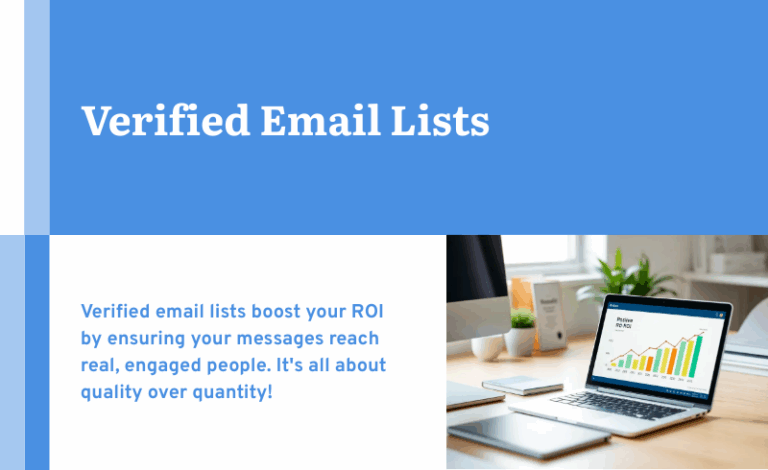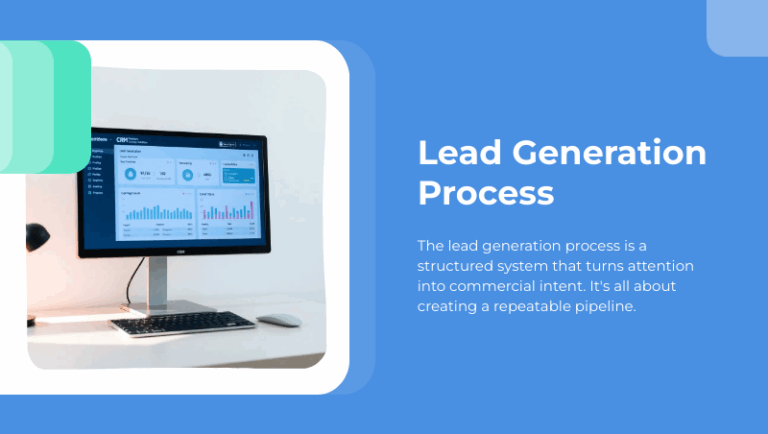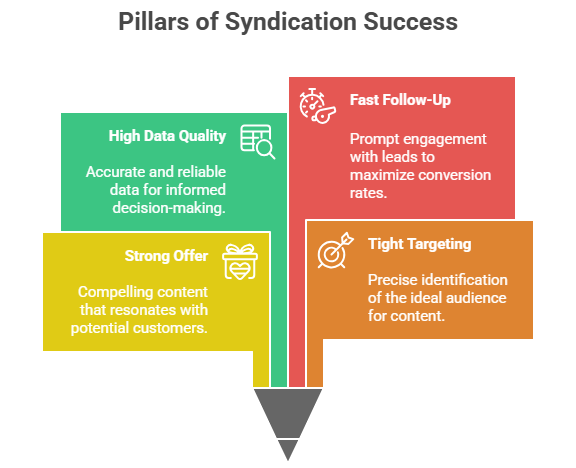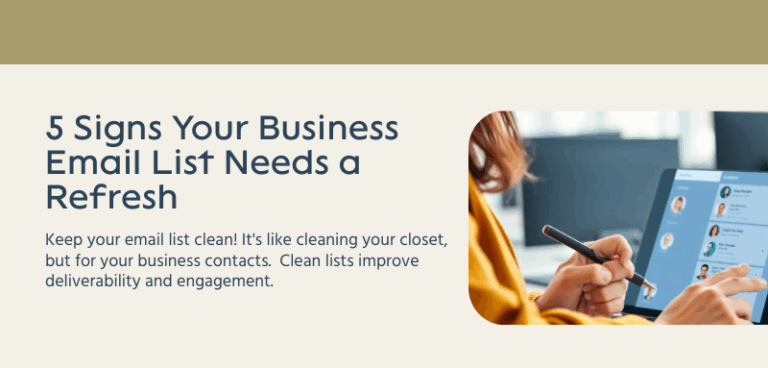 A picture may be worth a thousand words, but when sending images via email, sometimes it’s best to hold off on sending single-image messages. Images are powerful, but they also have their drawbacks. Not every email client permits them, and spam filters are wary of single-image emails. Although many email clients are slowly coming to accept them, the day of single-image mailing hasn’t quite arrived – here’s why.
A picture may be worth a thousand words, but when sending images via email, sometimes it’s best to hold off on sending single-image messages. Images are powerful, but they also have their drawbacks. Not every email client permits them, and spam filters are wary of single-image emails. Although many email clients are slowly coming to accept them, the day of single-image mailing hasn’t quite arrived – here’s why.
Blocked Emails
Recently, Google made a change to its Gmail system, allowing single-image mail to display as the sender intended. Other email clients still don’t permit single-image display by default, though, which means some of your mail will be undeliverable. “Undeliverable” is a dirty word to email marketers, so unless your email list consists entirely of Gmail addresses, skip the image emails and go with a mix of text and separate images to reinforce your message. Aim for about a 3 to 1 ratio of text to pictures, and your email will sail through with any client.
Spam Filters
Years ago, sending images through email became a common trick for spammers. Spam filters soon recognized this tactic and blocked single-image email as a short cut to stopping a whole class of spammers. Filters became so effective at eliminating this type of spam that spammers rarely use this avenue to reach their targets, but the filters haven’t yet adapted. Like antibodies for illnesses that no longer exist, the filters are still trying to block an obsolete threat. Your message, if it contains a single image with no text, runs the risk of running afoul of those hyper-vigilant algorithms.
Expenses
Your graphic designer can put together an effective and attractive single-image email, but what happens when you want to run a similar promotion next quarter? Single images are meant for a single use, and that isn’t cost-effective. With a blend of eye-catching imagery and compelling copy in an easy-to-use template, you can swap elements of your layout to fit each new campaign. Mixing and matching elements within a template also lets you carry out A/B split testing so you can refine your future campaigns and reach market segments with a far finer focus. Using a template gives you greater flexibility and winds up costing you less in the long run because much of your content can be repurposed.
Multiple Platforms
Responsive email design is more than an industry buzzword; it’s a necessity. Half your readers might be checking their email on a smartphone or tablet; without responsive design that automatically displays your message correctly on a smaller screen, you could lose them before they even see your message. Text and smaller images are fluid and can fit the framework of the screen on which they’re viewed. Welcome all your email readers to click through by sending them messages they can see whether they’re at the office or going for a walk in the park.
Compliance
The CAN-SPAM act makes unsubscribe notifications and full address information mandatory in emails, but a single-image email may not have this essential text in it. If you do go for a single image in your next campaign, you must comply with these requirements and add a few lines of text. Because you’re including written content anyway, it’s usually best to build in a textual component and confine images to accents rather than making them the sole focus of your message.
Images add instant appeal to your emails, but they shouldn’t be the entirety of them. Text can also be powerfully persuasive, so use it in conjunction with your images for a more flexible, powerful and nuanced message that even the most discerning spam filter will wave through with a smile.
Contact our email marketing experts today at 855.867.3224 to help you devise your next email campaign strategy.
© Reach Marketing LLC 2014 All Rights Reserved.



